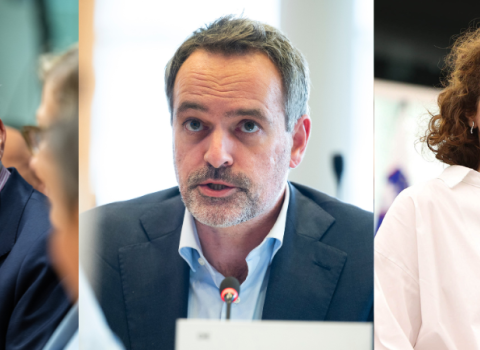
“This suggests that, over time, ERC grants can enhance the competitiveness of Europe by recruiting overseas research talent,” says the ERC in the first summary of applications for its Starting Independent Researcher Grants.
The research council is pledged to hand out its grants on the basis of scientific excellence, rather than the usual pork barrel politics, and has put timely publication of grant statistics at the core of achieving this.
Earlier this week it released the first analysis of where grant applications came from, and what discipline they involve in the first round of applications for Starting Grants, which attracted 9,167 responses.
The grants will support projects run by principal investigators who are at an early stage of their independent careers.
Investigators can be of any nationality or current location, but must apply in conjunction with a host institution in an EU Member State or associated country, where he or she will be based at least for the period of the grant.
The ERC says the first analysis of the current place of residence of investigators who have applied for grants and their intended host institutions indicates that aspirations behind the scheme are shared widely in all fields of research and all regions of Europe.
Most of the 2007 funds have been pre-allocated to three broad domains, based on the pattern in research-intensive countries throughout the world, with 15 per cent for Social Sciences and Humanities, 40 per cent for Life Sciences including Medicine, and 45 per cent for Physical, Mathematical and Engineering Sciences.
Applications submitted in the three fields roughly matched these allocations, at 14.9 per cent, 37 per cent and 48.1 per cent, respectively.




 A unique international forum for public research organisations and companies to connect their external engagement with strategic interests around their R&D system.
A unique international forum for public research organisations and companies to connect their external engagement with strategic interests around their R&D system.